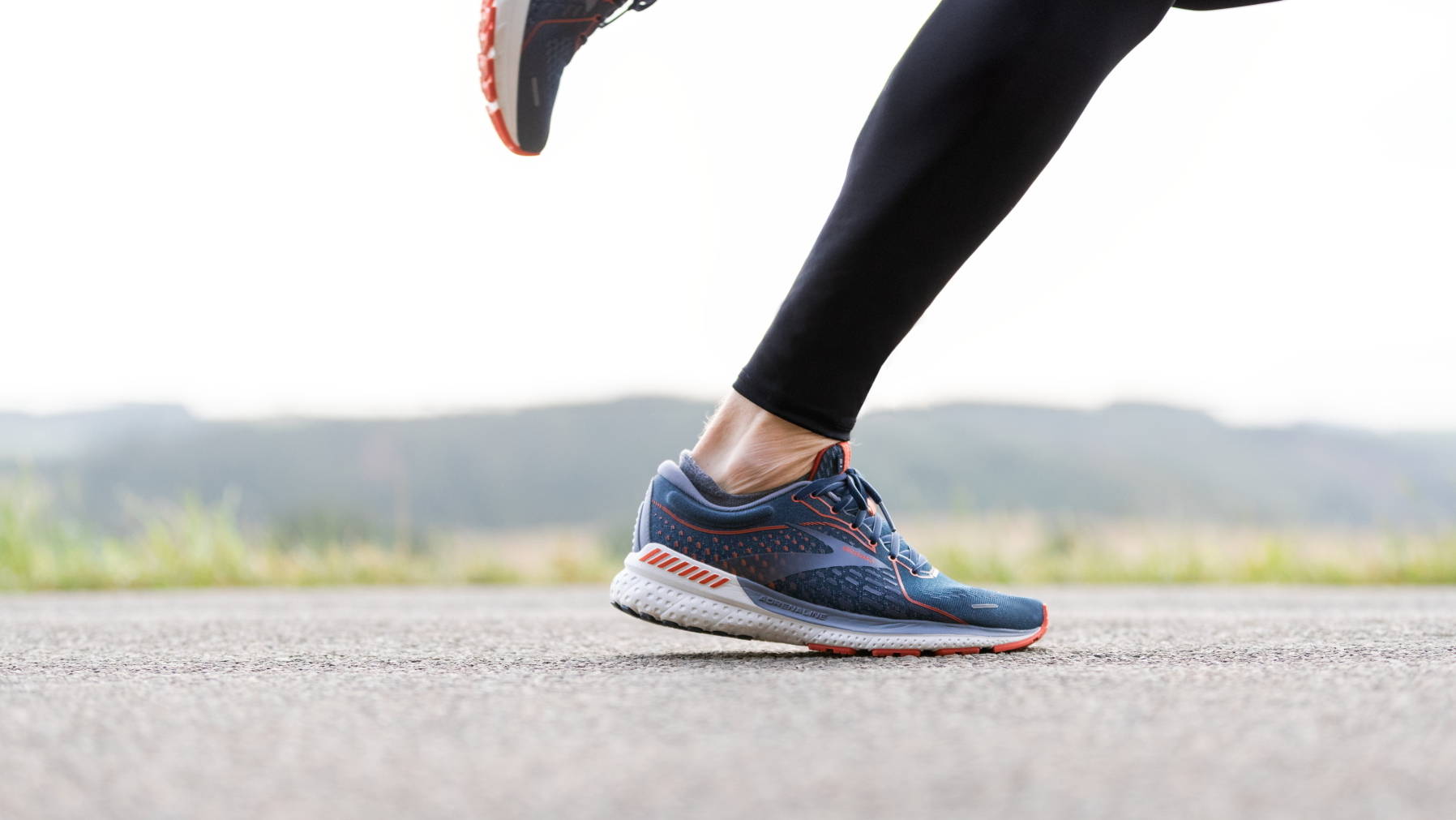What initially sounds like the additional designation of a sports car is Brooks' innovative running shoe technology, which ensures that the runner is more likely to "keep in his lane". What is meant is the GuideRails technology - we'll show you what's behind it.
GTS - what is it?
In various models of the running shoe manufacturer Brooks you can read the name suffix “GTS” again and again. These shoes have exactly this GuideRails technology built in. This is a support system in the midsole that is designed to provide additional stability - without "correcting" your running style.
How does the GTS system work?
Two increases made of stable foam, the "rails", are built into the midsole. One is on the inside of the foot, the other on the outside to stabilize the foot from both sides. The support not only acts on the foot or ankle, but also stabilizes the knee and thus prevents injuries!
This is how you can imagine GTS
In the description of the GuideRails technology, the manufacturer compares running and bobsledding. While the bobsled is purely for locomotion, the driver has to find the perfect line. The closer you get to this line, the faster and more efficiently the bobsled will move. This is exactly what you can apply to running: The GuideRails technology helps the runner to find his personal and natural ideal line and then to stay in it in order to be able to run as efficiently and naturally as possible!
The GTS system works like the bumpers (auxiliary walls) in bowling. As soon as the foot tilts too far in or out, the GuideRails help to return to a more efficient running style. This also means that the GuideRails® only become “active” when you deviate from your natural running style, otherwise they do not affect the run!
So why GuideRails ?
Unlike other manufacturers, Brooks emphasizes that the GuideRails® are about encouraging runners in their natural running style and not actively changing it. The coupling of knees and ankles plays a particularly important role here! In the past, only the ankle and its pronation (bending inwards) and supination (bending outwards) were often considered, but the connection to the knee was largely neglected. However, the GTS system was developed precisely against the background of this connection and thus represents a support system in which the focus is on the runner and his needs!
Should you switch to GTS?
To answer this question, you should go inside and examine your own running style. Do you have stress pain in your ankles, ankles or knees after longer runs? Do you generally suffer from injuries in these areas more often? Does running feel like a smooth, smooth, and efficient process to you, or is it more of a halting, high-impact move forward? If you answered "yes" to the first two questions and would rather associate yourself with the latter description of running, it is quite possible that GuideRails technology will help you to find your natural running style and thereby avoid injuries.
As the bowling metaphor makes clear, the GuideRails are not always “active”. For runners who already run reliably and without strong or unnatural pronation or supination, the GuideRails will have little effect, which is why neutral shoes are also recommended.
Where can I find the GTS system?
The GuideRails system is also included in all models that bear the suffix "GTS" - from light training shoes to stable all-rounders you will find corresponding "GTS" variants.




















